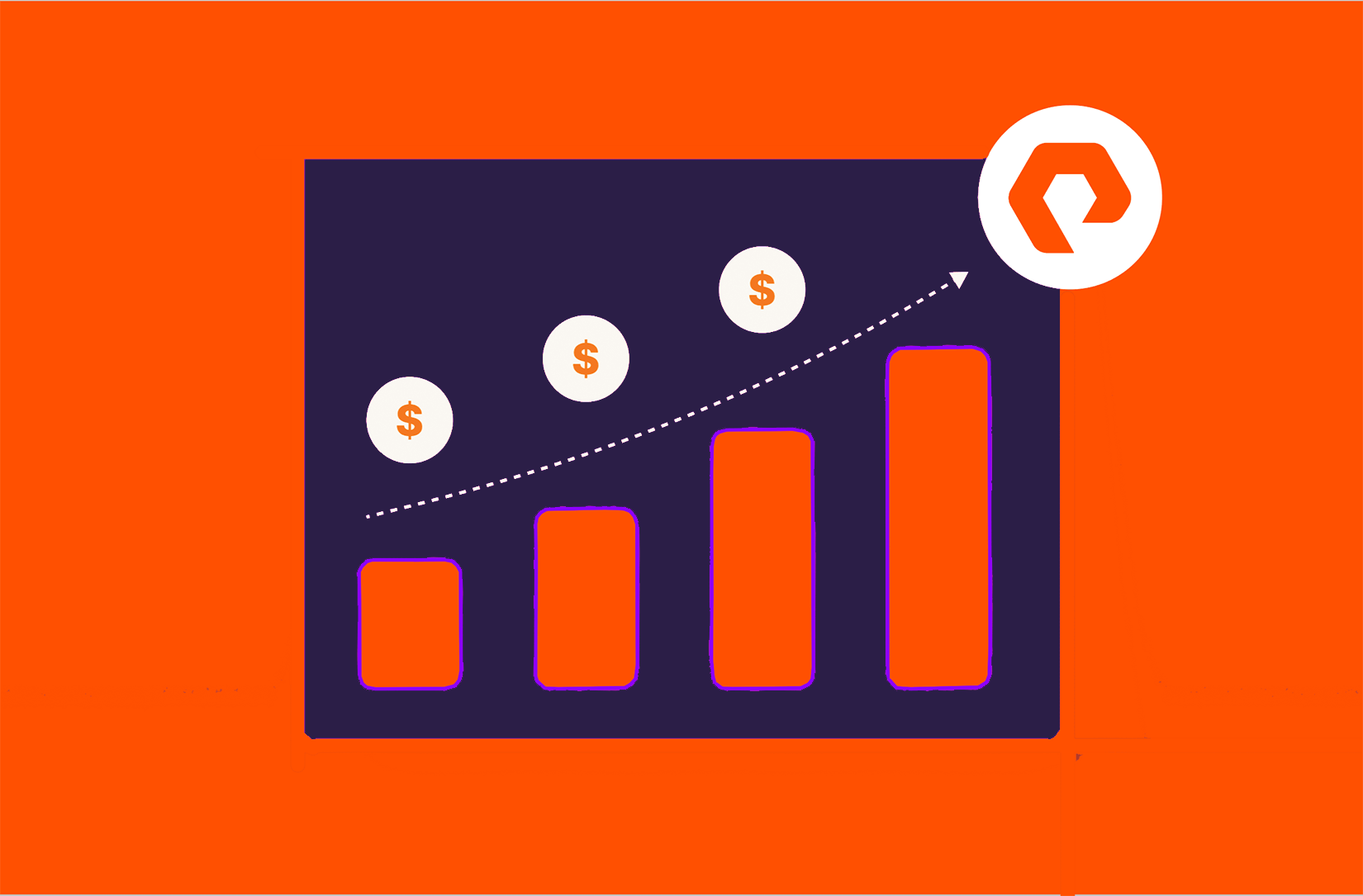Summary
Data growth and costs are top data storage pain points for companies. With Pure Storage, enterprises can reduce complexity, only pay for what they need, and operate more efficiently.
“Doing more with less” has been a longstanding tech mantra. Problem is, not many companies have figured out how to do this.
One of the current causes of this imperative is the tsunami of AI- and ML-based data flooding companies’ systems with both risk and opportunity and forcing enterprises to rethink their data platform usage from the ground up.
It’s a bit of a fire drill right now.
The payoff from AI-based projects is dismal. CFOs are having to become operationally focused in the face of new sustainability initiatives. Security folks are staying late wondering what complexity is doing to their risk exposure. IT just wants time to innovate.
In a recent panel discussion, Henry Baltazar, Research Director 451 Research, sat down with Dan Kogan, VP of Enterprise Growth at Pure Storage, and Josh Hoist, VP of Cloud Services at ark data centers, to chat about S&P’s recent survey results and what they tell us about using data storage strategically to reduce costs and risk in the age of “doing more with less.”
Top Data Storage Pain Points
Per 451 Research’s results from “Storage Budgets Rise in 2023, as Price Increases Highlight Need for Change,” data growth and costs continue to be the top pain points for data storage, with managing data across third-party and cloud environments and data migration coming in second and third.
Josh’s perspective was that companies are going to need to have an infrastructural reckoning of sorts to really address this top issue.
“I think a lot of it comes down to their kind of choppiness when it comes to storage growth and being able to predict that in a typical CAPEX model,” he said.
He said that to monetize data, you need more resources, and you need to be able to properly and competently back up your data as well.
“As a cloud service provider, we deliver a multi-tenant infrastructure with a lot of different clients and a lot of different workloads and demands running within that infrastructure,” Josh said. “With our backup storage platform, we were not getting the performance we were expecting. We were missing SLAs, backups were taking longer than expected, restores were taking an exorbitant amount of time.”
At that point, ark switched to Pure Storage and now meets SLAs with zero performance issues or downtime.
But Pure Storage has also helped with that other major data management headache: complexity.
“We’ve been able to simplify our management,” Josh said. “Today we have in excess of 30 Pure arrays under management and I have two storage administrators. So we’re getting a lot of efficiency both from an operational standpoint and then plus with Pure1 we get really good capacity management and the ability to forecast what we need down the road based on our storage trends.”
The Evolution of Sustainable Storage
This ability—privilege, almost—of knowing exactly how much storage capacity you need and only ever paying for that, thereby allowing you to reduce costs down the line and optimize efficiency, is a key advantage of using Pure, Dan said.
“AI is driving up energy costs and we can operate so much more efficiently from a space, power, and energy standpoint,” he said.
Pure customers, he noted, see 80% less power and cooling costs, have about a fifth of the data center footprint, and save 1 electrical watt per terabyte of data storage.
Josh confirmed this by citing results from ark’s usage of Pure Storage.
“We took a look at our market space and realized that buying a cabinet with a certain amount of power allocated to it really just wasn’t fitting the demands of our customers,” he said. “What we can now do is right-size our clients’ consumption of power to what their infrastructure actually requires both in the startup phase and natural running phase.”
The results: Ark is seeing 96% better density in the racks themselves.
“We’re able to fit a lot more storage consuming a lot less power,” Josh said.
Ark now has its sights set on longer-term goals.
“We are committed to being carbon zero by the end of 2030, and our investments into partners like Pure are going to help us get there,”
-Josh Hoist, VP of Cloud Services at ark data centers
Reducing Operational Burdens via STaaS
Reducing operational costs to free up resources will be a huge part of making sustainability initiatives work to meet energy goals.
Via Evergreen//One™ guaranteed storage as a service (STaaS), Pure Storage was designed to enable companies to stop worrying about the granular details of data storage, reduce complexity, and know they’re always only going to pay for what they need—a key benefit in the age of hidden costs.
“It’s one common operating system, one common environment to manage, so that really allows your resources to go further,” Dan commented.
A big part of reducing the operational burden is knowing your systems will keep operating.
“Ark has never had a service-impacting outage with any of our Pure devices,” Josh added. “Unfortunately, I can’t say that about the other platforms we’ve used in the past.”
He added that Pure Storage’s promise of non-disruptive upgrades has been kept, 100%.
“What that allows us to do is take our initial CAPEX investment and draw that out to a longer depreciation cycle, which allows us to really maximize the investment in that physical infrastructure,” he said.
“Also being able to manage capacity in that per-block mode instead of having to go buy these large chunks of storage. We can really go based on what our forecast tells us and what my sales pipeline tells me. We don’t de-provision Pure, we just continue to upgrade the platform.”
Ark is a case in point: In the age of doing more with less, Pure Storage customers just keep winning.
Learn why a unified data platform leads to across-the-board savings.

Try FlashArray//C™
Capacity-optimized, All-flash Storage
Get enterprise-class performance, reliability, and agility at an accessible price.

Written By:
Take Off with the Pure//Launch
See our latest innovations for AI, cyber resiliency, and application modernization.







